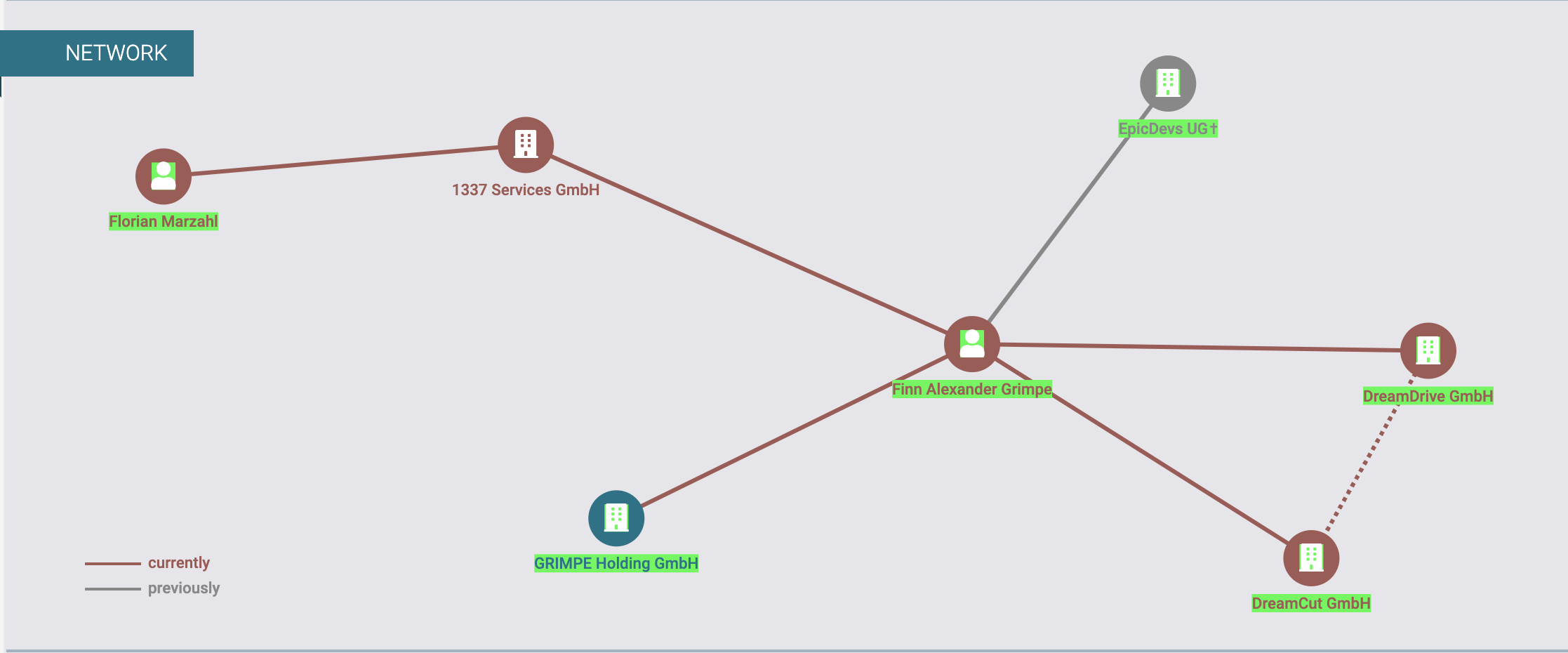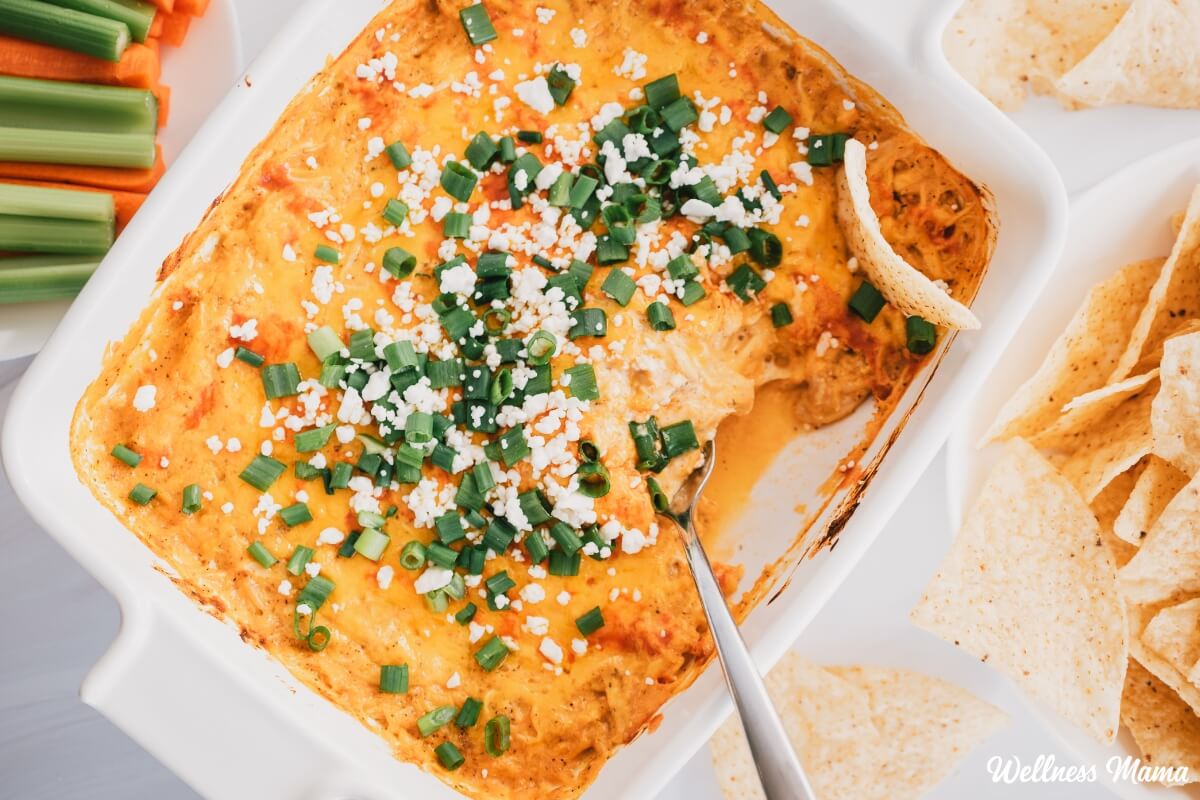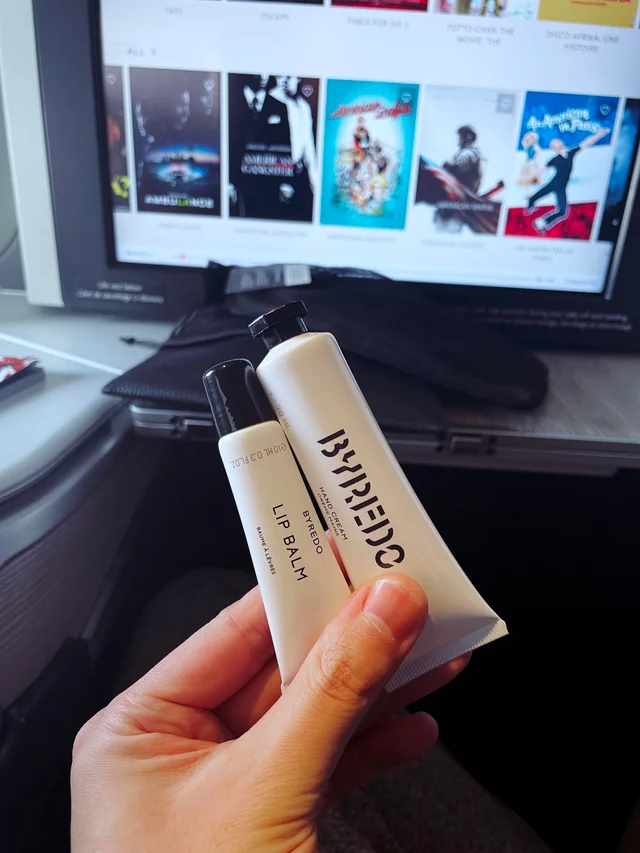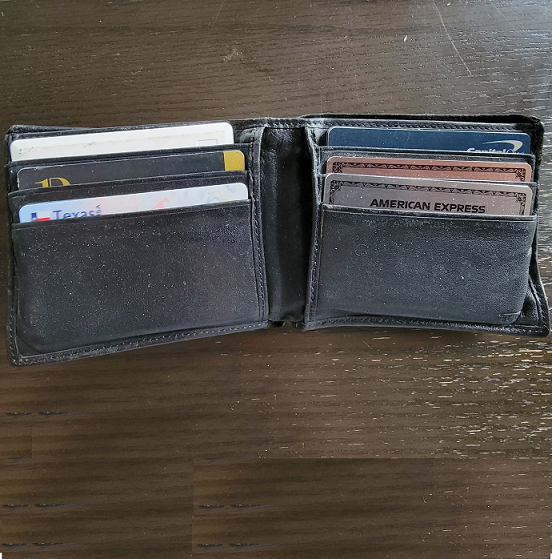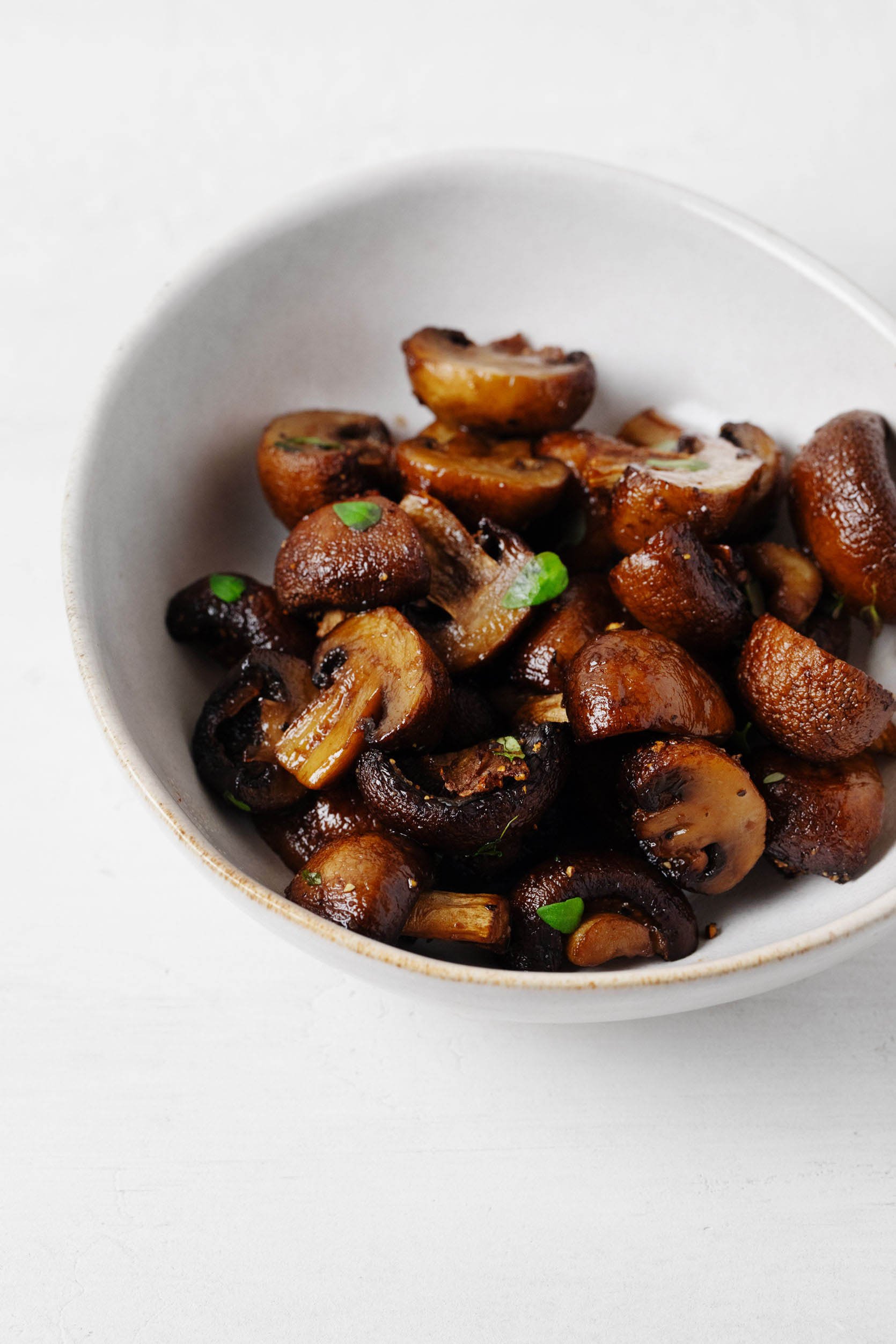If you want to buy Canadian, you’ll need to do your research
The wide range of labels make identifying Canadian products “extremely tricky” for consumers, say experts. Here’s how to make sense of Canadian labels. The post If you want to buy Canadian, you’ll need to do your research appeared first on MoneySense.
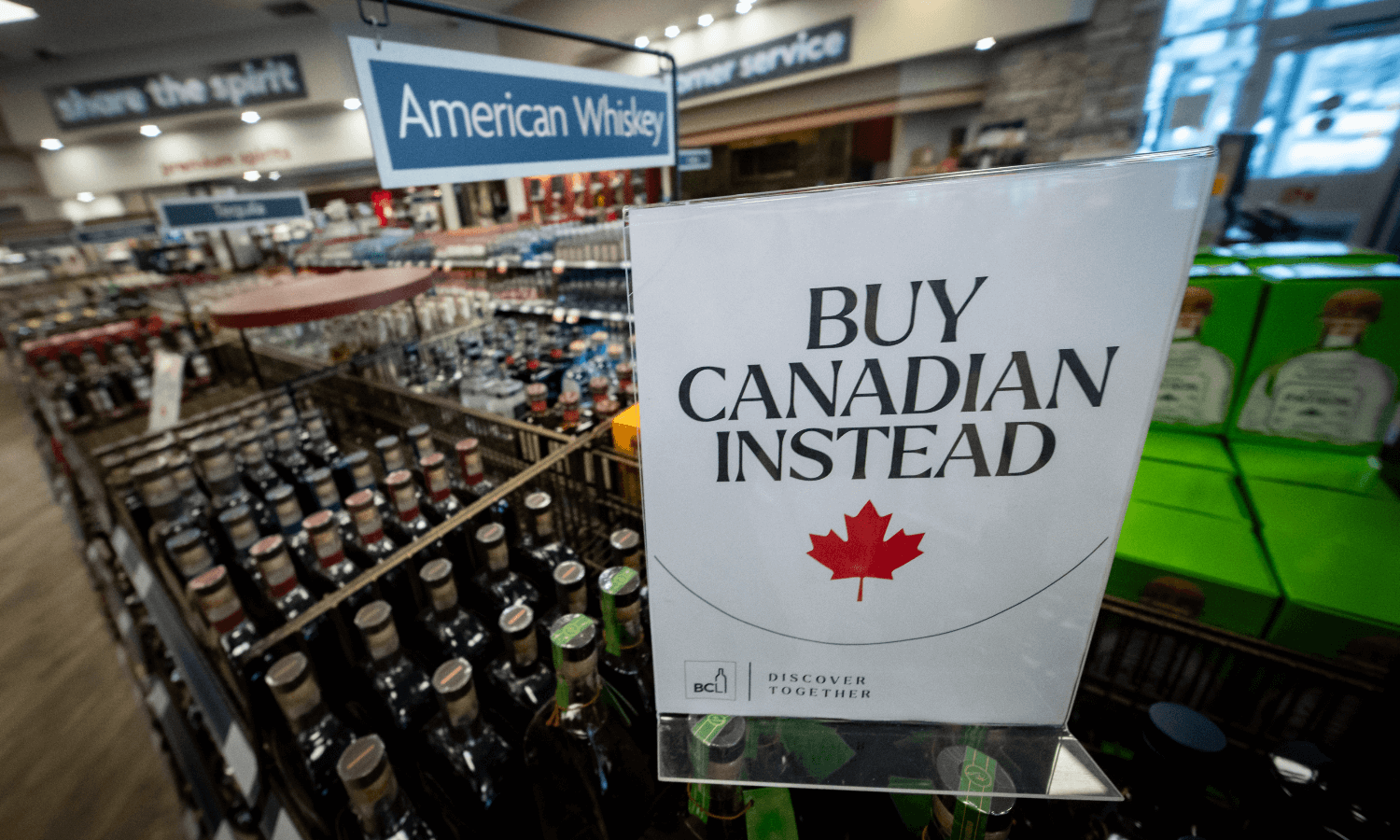
Determining how Canadian a product is can be so much of a minefield, experts say anyone attempting to support homegrown options will need to do their research and prepare to make tough choices.
Figuring out an item’s origins is complicated because there is a vast array of confusing messaging companies use to portray items as Canadian when they may be made here with ingredients from elsewhere or made with some Canadian products but owned by an international parent company.
“It is extremely tricky and it is harder to buy Canadian than you may think,” said Mike von Massow, a University of Guelph professor and food economist.
He said Canadians looking to buy goods from the country to aid in the tariff feud with the U.S. that broke out over the weekend will have to make choices about how staunch they want to be and perhaps, even leave items off their shopping lists.
Despite an 11th-hour pause in the tariff plans announced by Prime Minister Justin Trudeau and U.S. President Donald Trump on Monday evening (Feb. 3), uncertainty about the economic relationship between the countries has consumers paying more attention to what they’re buying.
Many U.S. products have no Canadian versions
Von Massow and other experts say people will realize many of their favourite U.S. products have no Canadian alternatives, because players in the country aren’t making the product or can’t grow it right now or at all because of the climate.
“Think about fresh broccoli, as an example,” von Massow said. “This time of year, it’s much less likely to be Canadian broccoli…because we have a ton of snow.”
The same is true for lettuce and a whole host of other vegetables not generally grown in Canadian greenhouses in winter, along with items like oranges, which don’t originate from Canada because the country doesn’t have the weather to support them.
Canadians looking for such items may instead have to think less about buying Canadian and more about buying products that are made anywhere other than the U.S., von Massow said.
They could also consider buying their items based on what’s in season in Canada or what can be kept for a long period of time.
“We have some squash we bought directly from the farmer down in our basement because it stores very well,” he said.
Canada’s best credit cards for groceries
Check labels and signage for product origins
To get more information about where a product is from, he recommends looking at labels and signage in stores, but warns both can be deceiving.
Food items labelled as “made in Canada,” for example, can be made with ingredients from elsewhere as long as “the last substantial transformation of the product” occurred in Canada, the Canadian Food Inspection Agency says.
For example, processing of cheese, dough, sauce and other ingredients to create a pizza would be considered a substantial transformation.
For non-food products, the last substantial transformation of the good must have occurred in Canada and at least 51% of production or manufacturing costs must have been in the country, said Melissa Tehrani, a Montreal lawyer with Gowling WLG.
Meanwhile, “product of Canada” means all, or nearly all, of the parts, processing and labour used to make the product is Canadian, though they can contain a small amount of imported food, such as spices, additives, vitamins, and flavourings.
For non-food products, the label can only be used on items when at least 98% of the costs or producing or manufacturing the good have been incurred in Canada.
“That’s a very high threshold to meet,” said Tehrani.
“But even if you can’t meet the ‘made in Canada’ or the more stringent ‘product of Canada’ claim, there may still be a way to showcase Canadian pride.”
That’s where labels denoting products were assembled, sewn, roasted, canned, refined, brewed, distilled, packaged and prepared in Canada come in.
Canadian products might include imported materials
While they often show what work was done here, Tehrani pointed out the parts may come from outside the country.
That’s extremely likely in the apparel industry because cotton isn’t grown in Canada and textiles, zippers, thread and buttons are often cheaper elsewhere.
“You’re going to be hard pressed to find an apparel brand that does entirely everything Canadian, all the way down to the raw material,” said Jimil Ataman, an assistant professor at the University of Alberta’s department of human ecology.
If someone’s goal is to buy the most Canadian thing, Ataman said she would start with finding brands based here and employing people within the country.
Then, she recommends shoppers can start looking at more granular aspects like whether fibres came from Canada or an item was put together here.
“Consumers are going to have to make a decision about what is it about the Canadian brands that they care the most about,” she said. “Like do I want the raw materials to be coming from Canada? Do I want the brand to have chosen to use Canadian labour or to have sewn it in Canada?”
Manufacturing locations can change seasonally
Shoppers also have to realize that where work is done or items are sourced from can shift.
Von Massow knows of Ontario companies producing salsa in the province with tomatoes, peppers and onions grown there for some parts of the year but not others.
“So people will look and say, well, this doesn’t say ‘product of Canada’ on it, but in some cases, it may at some times of the year,” he said. “In that circumstance, do we want to penalize Canadian workers, if we want to buy a Canadian product?”
The same questions apply with large American companies like PepsiCo, which von Massow said produce Lay’s potato chips in Cambridge, Ont., with Canadian workers and Canadian potatoes.
Even the grocer you buy a product from can add complexity to the Buy Canadian sentiment.
“You could buy a Canadian product at Costco or Walmart, which are American companies, but is that achieving what you want to achieve?” von Massow said. “And is that better than buying an American product at a Canadian retailer?”
There’s no right answer, von Massow said.
Each shopper will have to decide for themselves how seriously to take the buy Canadian movement based on their comfort level, preferences, income, proximity to stores and even the time it will take to research items.
“It’s very confusing and it’s hard,” von Massow said. “But if people are highly motivated to do it, they can, but they need to invest some time.”
How to make sense of Canadian labels
Shoppers have been caught up in the “buy Canadian” fervour since U.S. President Donald Trump signed an executive order Sunday applying 25% tariffs on all Canadian goods starting Tuesday.
While the U.S. leader granted a 30-day reprieve on Monday evening, shoppers are still committed to shopping for homegrown products and are scouring labels, manufacturer websites and factory addresses.
They’ve found plenty of items marked “product of Canada” or “made in Canada,” but what do these terms really mean? And can you really count on a maple leaf sticker on a package to prove something is Canadian?
- Product of Canada: The Canadian Food Inspection Agency’s website says a “product of Canada” label denotes that all, or nearly all, of the food, processing and labour used to make the product is Canadian. Products with this label were grown or raised by Canadian farmers and prepared and packaged in Canada, but can contain a small amount of imported food, such as spices, additives, vitamins, and flavourings. For non-food products, the Competition Bureau says the label can only be used on items when at least 98% of the costs of producing or manufacturing the good have been incurred in Canada.
- Made in Canada: The Made in Canada label can be applied to items when “the last substantial transformation of the product occurred in Canada.” For example, the CFIA says the processing of cheese, dough, sauce and other ingredients to create a pizza would be considered a substantial transformation. For non-food products to use the label, the Competition Bureau says the last substantial transformation of the good must have occurred in Canada and at least 51% of production or manufacturing costs must have been in the country. The bureau and CFIA say companies that use the made in Canada label must also say whether the product is made in Canada from imported components or ingredients or a combination of imported and domestic parts or ingredients.
- Canadian: The CFIA treats the word Canadian the same as it does “product of Canada,” meaning all or virtually all major ingredients, processing and labour used to make the food product must be Canadian. It says if you see “Canadian” on a container of frozen lasagna, it would mean that the food meets the “Product of Canada” criteria. The same is true for ingredients, so if “Canadian cheddar cheese” is marked on a package of cheddar cheese sauce, all or virtually all major ingredients, processing and labour used to make the cheddar cheese in the sauce must be Canadian.
- 100% Canadian: To use this term, the CFIA says the food or ingredient to which the claim applies must be entirely Canadian, including its processing and labour.
- A maple leaf: The CFIA says use of the maple leaf on food packaging does not always mean that the product is wholly or partially Canadian but is often used to denote something is a “product of Canada.” To ensure the leaf does not mislead consumers, it recommends food companies include a domestic content statement with the image, but many firms don’t follow that advice.
- Produced or manufactured in Canada: The Competition Bureau website says terms like “produced” or “manufactured” in Canada are likely to be understood by consumers as “made in Canada” and should therefore comply with the requirements to use that claim.
- Local: If a company advertises that a product is “local,” the CFIA says it must be produced in the province or territory in which it is sold, or sold across provincial borders within 50 km of the originating province or territory
- The blue cow: Items in the dairy aisle often have a blue cow logo, which the Dairy Farmers of Canada organization says means it was made with 100% Canadian milk and milk ingredients.
- Meat and poultry: Companies can only call meat a “product of Canada” if it is from Canadian animals that are slaughtered in Canada. Animals are considered Canadian if they are born or hatched, raised and slaughtered in Canada or, in the case of feeder cattle, if they have spent a period of at least 60 days in Canada before slaughter in Canada, the CFIA said.
- Fish and seafood: The CFIA says wild fish and seafood products can be labelled “product of Canada” if they were caught by vessels in Canadian waters and the products from the fish and seafood are processed in a Canadian establishment using Canadian ingredients. In the case of farmed fish and seafood, the CFIA says the farm must be located in Canada and the processing must occur in a Canadian establishment with the use of Canadian ingredients.
- Dairy and eggs: Eggs from imported hens and milk from imported cows can use the “product of Canada” label as long as the hen laid its eggs in Canada and the cow is milked in Canada.
Read more news:
- How much will Trump’s tariffs cost Canada and Canadians?
- Sweeping tariffs could be 3% hit to Canadian economy
- What Canada’s deferred capital gains tax change means for your taxes
- When will rent costs in Canada stop increasing?
Get free MoneySense financial tips, news & advice in your inbox.
The post If you want to buy Canadian, you’ll need to do your research appeared first on MoneySense.






















